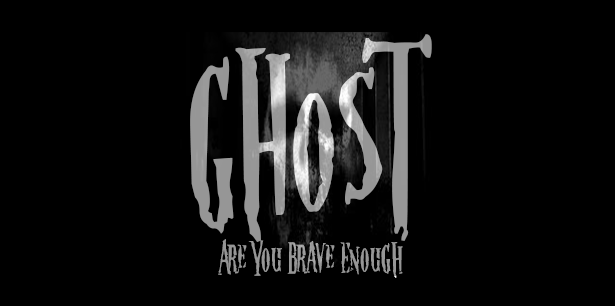- Gary Taylor-Green
- Aug 24, 2023
- 2 min read

In yonder realm, where Dorking and Guildford stand as sentinels of mortal land, betwixt the two in silent repose, lies the pool of spectral throes, a tale to make stout hearts recoil and send shivers through the coil.
As whispered in hush and tavern's dim light, the Silent Pool boasts a haunted plight, where history's
dance blends shades and light, and ghostly sightings pierce the night.
O' legend spun since days of yore, a specter's wail by waters' shore—Emma, fair woodcutter's daughter, doomed to dwell in spectral water. King John, the ruler, grim and cold, his heart encased in treacherous mold, his shadow cast on fateful eves, where Emma's fate his web deceives.
'Twas midnight's shroud when moon held sway, the pool reflected ghostly display. On steed he came, King John unkind, to young Emma's fate aligned. The waters deep embraced her form, a sepulcher in liquid storm, a tragedy beneath night's shroud, witnessed by the moon and cloud.

No lifeline lent, no mercy shown, the maiden's plea to fate was known. King John, a feather dropped aloof, in boughs it clung, a damning proof. Archbishops' ire, the clergy's call, they rose to seek the tyrant's fall. The legend danced 'twixt fact and lore, entwined in tales forevermore.
In volumes scribed by quill and hand, the chronicles of this cursed land—The Days Of King John, a tome they name, where Emma's spirit etched its claim. With Stephen Langton as its thread, rebellion's spark in ink widespread, a Magna Carta carved in plight, a testament to freedom's fight.
Yet history's gaze, a skeptic's glass, casts doubt on tales of shadows' pass. No proofs in annals, none to bind, the tale to fact, no thread to find. But still, they come with hearts a-taut, to glimpse Emma's ethereal thought, her form a wraith in pale moon's grace, a haunt that time cannot erase.
And Silent Pool, its depths conceal, not just the maid, but secrets real. For Agatha's vanishing, a mystic dance, in wintertide's cold, held a curious trance. Mysterious waters, both grave and balm, in whispered tales, hold a soothing calm.
So gather 'round, ye seekers bold, let mystic lore your thoughts enfold. Where Dorking meets Guildford's embrace, the Silent Pool unveils its grace. In history's tapestry, a spectral thread, the haunted waters whisper, it is said.
#GhostlyWaters #EerieEnigmas #MysticDepths #PhantomTales #WhispersOfThePast #SpectralVisions #EnchantedWaters #MysteriousRealms #GhastlyEncounters #TwilightLore #SpiritsAwaken #TalesFromBeyond










